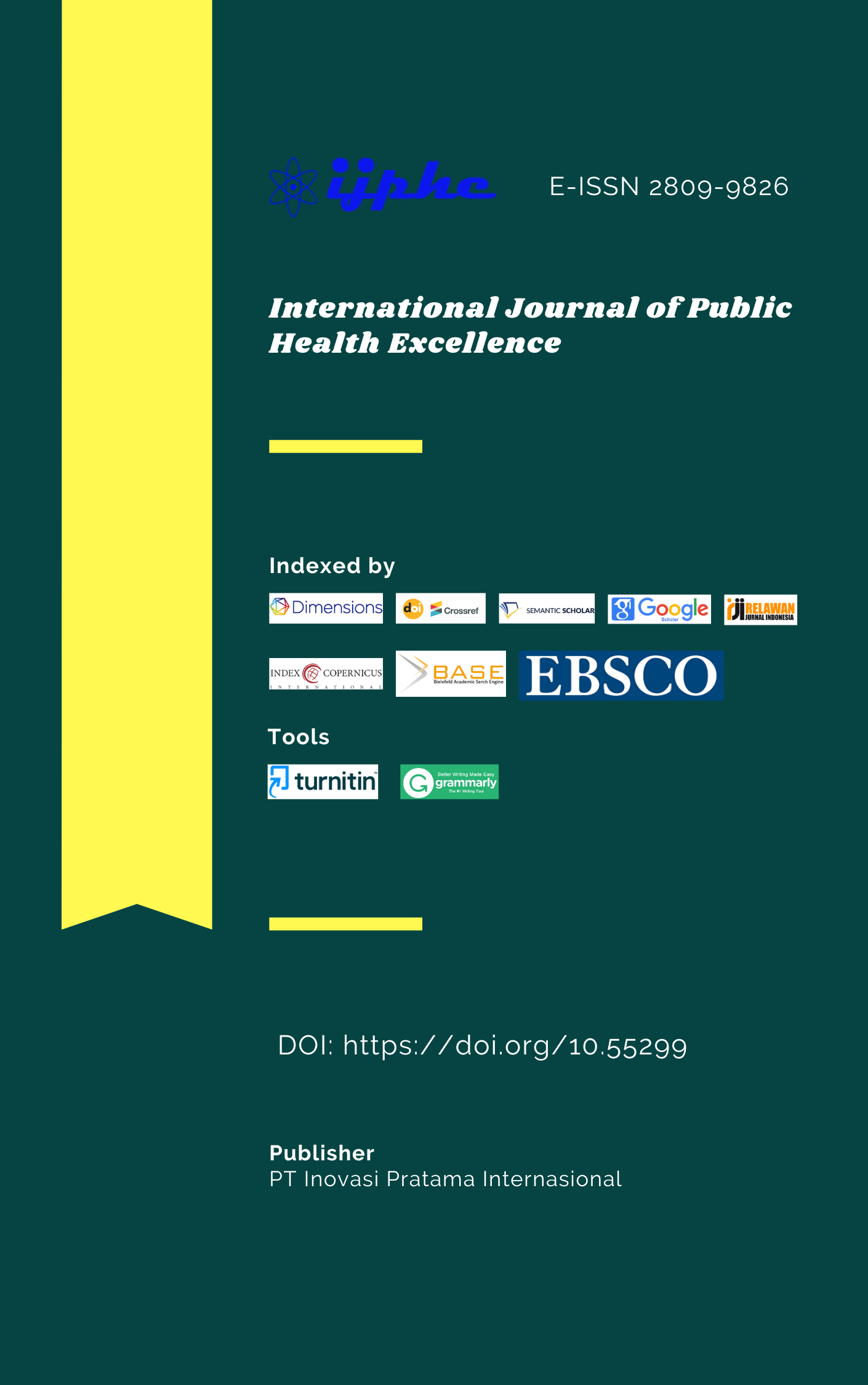Degree of Burn: A Digital Tool for Burn Area Assessment and Fluid Requirement Calculation Using Wound Image Analysis
Main Article Content
Abstract
Burns are tissue damage due to contact with a heat source, such as fire, hot water, chemicals, electricity, or radiation. Burns are a type of trauma with high morbidity and mortality rates and require high treatment costs. In Indonesia, burns are still a serious problem that requires special care, high costs, and skilled personnel. Currently, burn assessments are carried out manually, which is time-consuming and the results are subjective. Treatment efforts include preventing infection and encouraging epithelial cell regeneration to close the wound. Therefore, innovation is needed in the form of a system that helps assess burns more effectively, including classifying wound tissue, measuring wound area, and monitoring wound development. The use of an Android-based system can provide more accurate measurements through a digital planimetry approach or image segmentation, which can identify wound boundaries and tissue types. Technology-based health applications, such as the "Degree of Burn" application, allow for more efficient calculation of burn area and fluid requirements. This study uses a literature review method from international journals, national journals, books, and conference results related to burn assessment to support the development of this system.
Downloads
Article Details

This work is licensed under a Creative Commons Attribution 4.0 International License.
References
American Burn Association. (2022). Burn Incidence and Treatment in the United States. Diakses pada tanggal 14 Mei 2023, pukul 17.00 WIB. http://ameriburn.org/burnreferral
Axter, C. R., & Shires, T. (1968). Fluid Resuscitation After Thermal Injury. Annals of the New York Academy of Sciences, 150(3), 874–894. doi:10.1111/j.1749-6632.1968.tb14673.x
Broadis, E., & Chokotho, T. (2017). Evaluasi metode Palmar Surface untuk luka bakar kecil.
Broadis, E., & Chokotho, T. (2017). Metode penghitungan Total Body Surface Area (TBSA) pada luka bakar.
Degree of Burn. (n.d.). Aplikasi untuk Pengukuran Luka Bakar. Menggunakan rule of nine dan algoritma Baxter/Parkland untuk memfasilitasi pengkajian luka bakar dan kebutuhan cairan pasien. Diakses dari [sumber aplikasi atau basis pengembangan jika ada].
Jugmohan, P. (2016). Kaitan antara TBSA dan mortalitas luka bakar.
Kara, M. (2018). Luka bakar dan pengaruhnya terhadap mortalitas.
Kara, M. (2018). Wallace Rule of Nines dalam estimasi luas luka bakar.
Kementerian Kesehatan Republik Indonesia. (2019). Statistik luka bakar di Indonesia.
Nadeak, B., Prihantini, P., Jejen, A., Astuti, H. P., Sutiapermana, A., & Handayani, H. (2023). Measure Effectiveness of Reproductive Health Education Programs Teenagers in Schools Intermediate: Evaluation Results in the Cileunyi Region Bandung Regency. International Journal of Community Service, 2(2), 197-210.
Parkland Formula. (1968). Metode Penghitungan Cairan Resusitasi pada Pasien Luka Bakar. Digunakan dalam algoritma aplikasi untuk mengkalkulasi kebutuhan cairan berdasarkan luas luka.
Rahayuningsih, T. (2012) Penatalaksanaan Luka Bakar (Combustio). Jurnal PROFESI Volume 08, Februari-September.
Segmentation Technology. (2020). Digital Image Processing and Wound Segmentation for Clinical Use. Mengulas penggunaan teknologi segmentasi luka berbasis citra digital dalam aplikasi kesehatan, seperti pengukuran luas luka bakar.
Sholeha, R.A dkk. (2016). Smart Wound Care Sebagai Perangkat Monitoring Wound Healing pada Luka Bakar Berdasarkan Analisis Citra Luka. Jurnal BIMIKI, Volume 4 No 2, Juli-Desember.
Wallace, A. B. (1951). The Exposure Treatment of Burns. British Journal of Plastic Surgery, 3(2), 93–106. doi:10.1016/s0007-1226(51)80010-6
World Health Organization. (2018). Burn injuries in developing countries.
Young, A., et al. (2019). Trauma luka bakar dan manajemennya.

